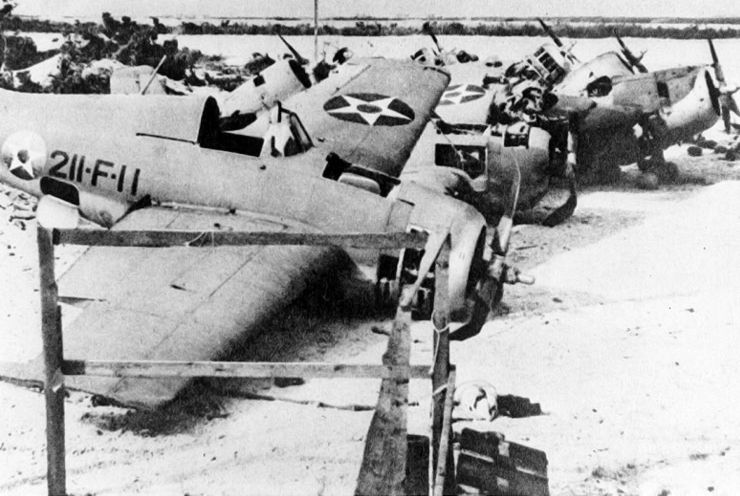About
The name of the escaped prisoner who carved the words "98 US PW 5-10-43" into a coral rock will likely never be known—what is known is that his freedom was short-lived, and his act of rebellion led to the loss of his head.
In a battle that took place only hours after the attack on Pearl Harbor, Japanese bombers deployed from bases scattered around the Marshall Islands, launching a fierce 15-day assault that resulted in wrestling the previously US Marine occupied Wake Island out of American hands. After their hard-won victory, the Japanese troops immediately reinforced their weaponry and security in case of invasion, and rounded up the remaining enemy unfortunate enough to remain on the island. Many of the newly acquired POWs were sent to camps throughout Asia, but there were a selection of prisoners—most of which weren't military but civilian contractors, who remained.
98 POWs were kept on site to rebuild the airstrip that had been destroyed during the battle. When their usefulness dried up and the Americans appeared to be ready to take the island back, Japanese Rear Admiral Shigematsu Sakaibara ordered every single one of them executed. Taken to a mass grave at the northern end of the island, the imprisoned civilians were blind-folded and brutally mowed down by machine gun fire.
One of the doomed captives managed to escape the slaughter, and in desperation, chiseled the words "98 US PW 5-10-43" on a coral rock before he was tracked down and beheaded by Sakaibara himself for the transgression. He was never identified.
In 1945, the Japanese garrison on Wake Island surrendered to the US, and Shigematsu Sakaibara and his Lieutenant Commander were both sentenced to die for their war crimes. Once the war had ended, a memorial stone made of granite was attached to the coral rock that still bore the cryptic carving of the anonymous prisoner, and nearby a bronze plaque was installed, listing every name of the lost 98.
Related Tags
Community Contributors
Added By
Published
March 6, 2013





























